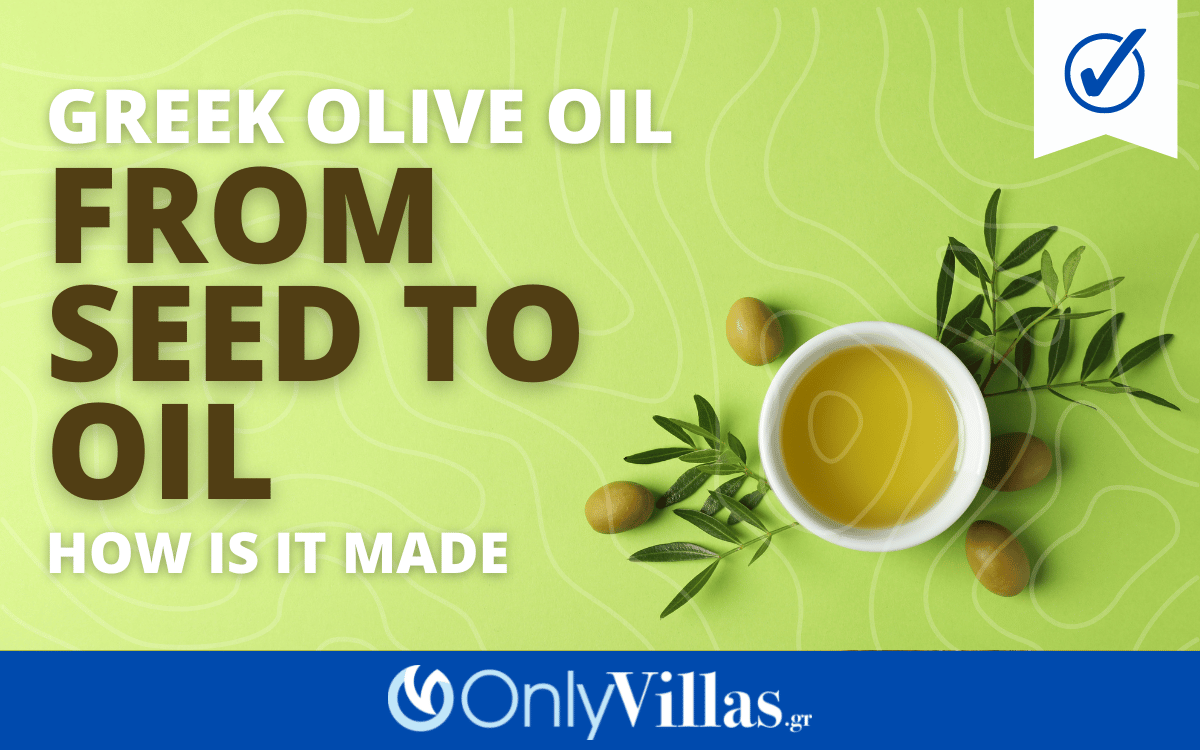The Milling and Crushing Process for Greek Olive Oil
Greek olive oil is known for its unique taste and high quality, making it a popular choice among chefs and food enthusiasts around the world. But how does it go from being a small seed to the delicious oil that we know and love? Let’s take a look at the process from start to finish.
The first step in the production of Greek olive oil is the cultivation of the olive trees. Olive trees are hardy plants that can live for hundreds of years and thrive in the Mediterranean climate. In Greece, olive trees are often grown on small family farms, where they are tended to with care and attention. The trees are pruned regularly to promote healthy growth and the olives are hand-picked when they are ripe.
Once the olives have been harvested, they are taken to a mill where they are processed. The first step in this process is to remove any leaves, twigs, or debris that may have ended up in the batch. The olives are then washed to remove any dirt or residue.
Next, the olives are crushed to release the oil. There are several methods for doing this, including using a traditional stone mill or a modern mechanical press. The method chosen will depend on the type of olive being used and the desired quality of the oil.
After the olives have been crushed, the oil is separated from the solids using a process called decantation. The oil and water are allowed to settle, and the oil rises to the top where it can be collected. The oil is then filtered to remove any remaining solids and impurities.
The final step in the production of Greek olive oil is the bottling and labeling. The oil is bottled in dark glass or tin containers to protect it from light and oxygen, which can degrade the quality of the oil. It is then labeled with information about the type of olive used, the production date, and any certifications or awards the oil may have received.
And there you have it – the journey of Greek olive oil from seed to oil. From the cultivation of the olive trees to the final bottling process, it takes a lot of hard work and dedication to produce this high-quality oil. But it’s all worth it in the end, as the end result is a delicious, flavorful oil that adds depth and richness to any dish.
Are there many qualities of olive oil?
There are several qualities to consider when looking for high-quality olive oil:
Virgin: The best olive oils are labeled as “virgin,” which means they are made from pure olives and are produced using only mechanical means, without the use of solvents or heat.
Cold-pressed: Cold-pressed olive oil is made by mechanically pressing the olives to extract the oil, without the use of heat or chemicals. This method results in a oil with a stronger, more distinct flavor.
Single variety: Single variety olive oils are made from a single type of olive, rather than a blend of different varieties. These oils tend to have a more distinct flavor and can be used to highlight the unique characteristics of the olive variety used.
Things to watch out for?
Harvest date: Look for olive oils that have a recent harvest date, as olive oil can become rancid over time. The fresher the oil, the better the flavor and quality.
Packaging: Olive oil should be stored in a dark, airtight container to protect it from light and oxygen. Dark glass or tin containers are the best options for preserving the quality of the oil.
Certification: Greek olive oil is considered to be some of the highest quality olive oil in the world, and it is protected by a number of certification schemes that ensure its authenticity and quality. These schemes include:
PDO (Protected Designation of Origin): This certification guarantees that the olive oil has been produced in a specific region of Greece, using traditional methods and specific varieties of olives.
PGI (Protected Geographical Indication): This certification guarantees that the olive oil has been produced in a specific region of Greece, using traditional or modern methods and a variety of olives that are typical of the region.
Organic certification: This certification guarantees that the olive oil has been produced using organic methods, without the use of synthetic chemicals or genetically modified organisms.
Extra Virgin Olive Oil certification: This certification guarantees that the olive oil meets the standards for extra virgin olive oil, which includes having a low acidity level and a high level of antioxidants.
To be eligible for these certifications, olive oil producers must follow specific guidelines and undergo regular testing and inspections to ensure that they meet the required standards.










